
Long stories short, the top six things in our political economy around housing, climate and poverty in the six days to Saturday, February 8 were:
The Government announced it was stopping building new state houses to reduce its deficit and cut $5 billion of borrowing, but the housing market remains in crisis and reliant on the private sector to flood the market with affordable housing, which it has failed to do for 30 years;
Local business and political leaders are growing uneasy over the Government’s ‘going for growth’ strategy, which is reliant on population growth from low-wage temporary migration and cheap new tourists, because the growth in numbers will again come before investment in already-stretched infrastructure and a debate about population;
Jobs contracted in the December quarter at the fastest rate since the Global Financial Crisis, increasing unemployment to a four-year high and helping to drive more than 200 citizens a day to emigrate permanently, mostly to Australia, which is generating jobs growth because of looser fiscal and monetary policies;
The Government tightened sanctions on jobseekers, arguing they needed to prove they were doing more to look for and apply for jobs, as well as do more training, which ministers said would increase the number of people working and improve economic growth, even though job advertisements are back at 2014 levels;
Nicola Willis and Christopher Luxon suggested a corporate tax cut was on the cards to boost investment and growth, even though previous cuts haven’t done that and a tax cut would make achieving a Budget surplus even harder; and,
The climate scientist who warned of the dangers of a warming planet in 1988, launching the path to the Paris agreement aimed at keeping warning under 1.5 degrees (or at least 2 degrees) published a paper with colleagues documenting a dramatic increase in warming over the last four years because of a regulation reducing sulpher in shipping oil, which they warned could collapse a key ocean current by 2045 and unleash metres of sea-level rises.
(There is more detail, analysis and links to documents below the paywall fold and in the podcast above for paying subscribers. If we get over 100 likes from paying subscribers we’ll open it up for public reading, listening and sharing.)
So much growth talk, but not about housing
Housing and Infrastructure Minister Chris Bishop announced on Tuesday Kāinga Ora would finish building a net extra 145 houses this year and then stop expanding its social housing stock for the next 30 years at 78,000, which is less than 4% of Aotearoa’s total housing stock currently. The compares with the 7% level New Zealand was at in the 1980s before our population grew by 2.1 million, and the current OECD average of 6.9%.
This is designed to stop Kāinga Ora increasing Government debt and adding to the current Budget deficit. The measures announced this week, including selling bare land and 800 homes per year in leafy suburbs, will carve out $1.4 billion in operating costs over four years by cutting 1,000 staff and will see Kāinga Ora return to ‘sustained cash surpluses’ by 2026/27. Public debt would be $5 billion lower by 2026/27 under this plan than under the previous Labour Government’s expansion plan.
The Government’s idea is that the private sector and Community Housing Providers will now fund and build and operate new affordable housing to address New Zealand’s housing crisis, which was created over the last 30 years by relying on the private sector and allowing the social housing stock to atrophy.
Where last year Bishop and the Government talked about ‘going for housing growth’, it has now turned off the Government-funded tap for housing growth and turned it over to the private sector. Building consents fell 10% overall in calendar 2024 and construction employment fell by more than 10,000 as the Government suspended and then stopped Kāinga Ora’s housing stock expansion, froze building of new classrooms for six months and stopped planning new hospitals.
Prime Minister Christopher Luxon mentioned housing just once in his State of the Nation speech on January 23, in which he said ‘going for growth is without a doubt priority number one.’ That mention was in relation to reducing the number of children living in emergency housing by 1,700 in the last year. The problem is the Government doesn’t know where almost half of them went.
The housing crisis at the heart of our political economy is far from solved, even though the Government is now spending over $4 billion a year on rent subsidies and accommodation supplements. New Zealand is equal worst in the world with 25% of renters paying more than 40% of their disposable income on rent.
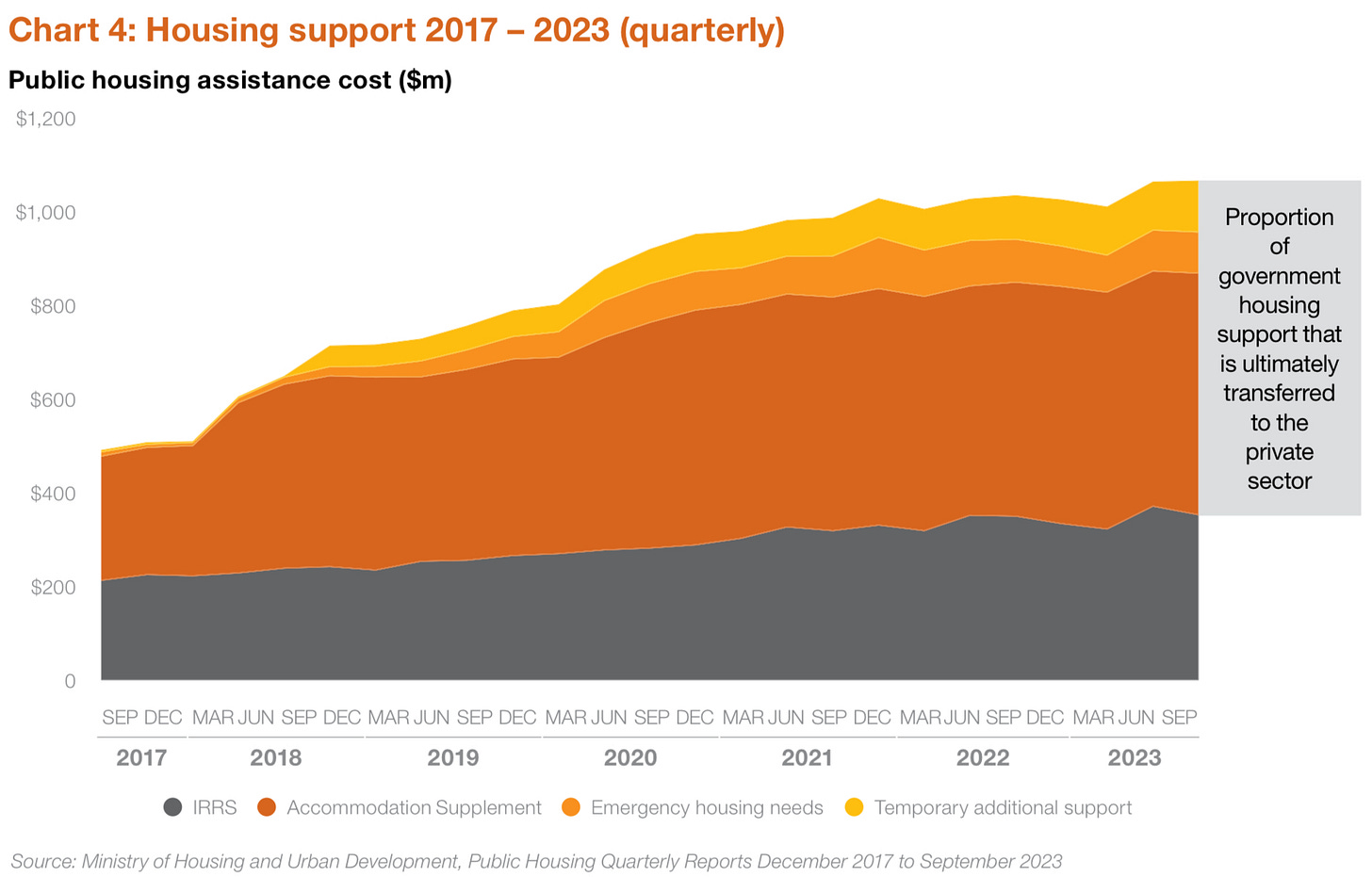
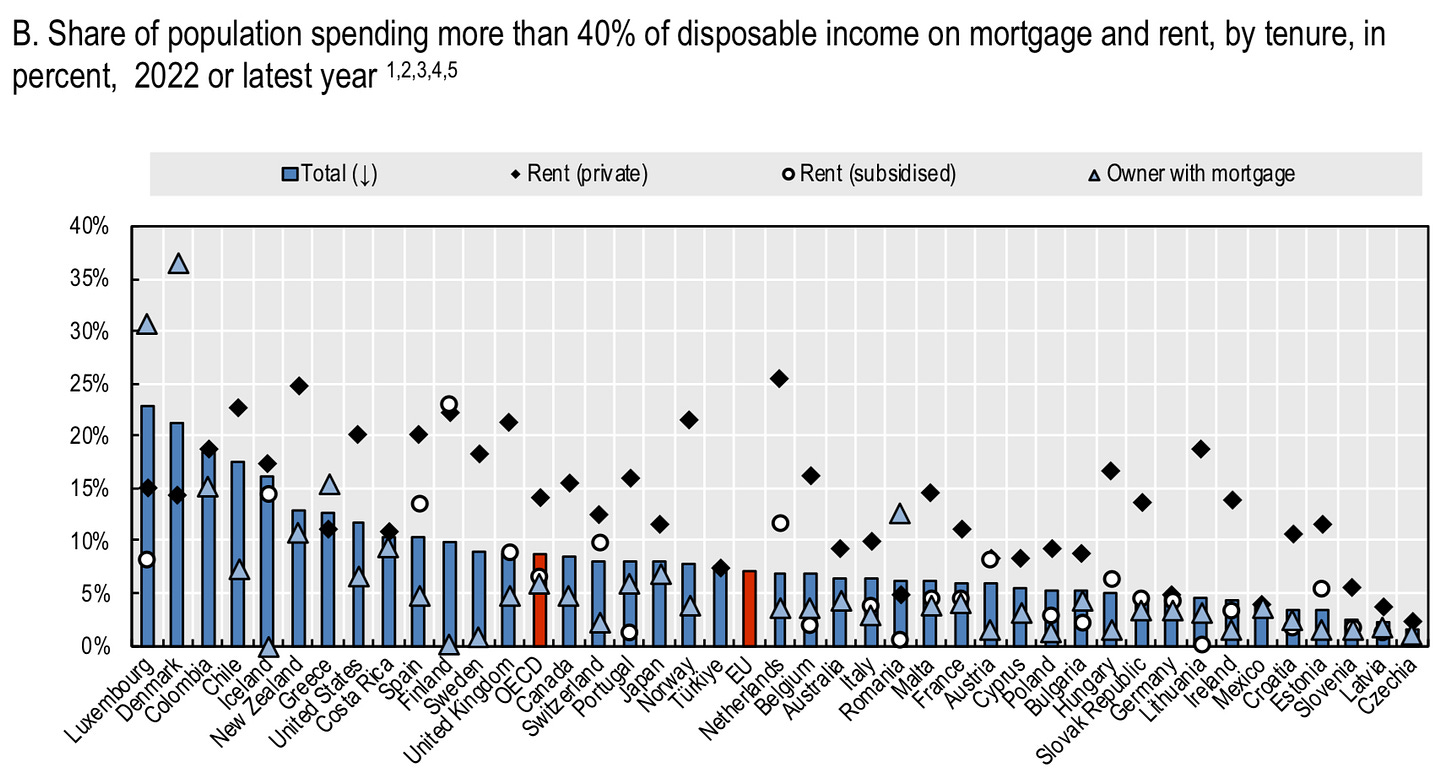
Further reading
Treating public housing as an investment, not a cost. Other countries grappling with high costs and other inflationary pressures are choosing to sustain or increase investment in public housing, rather than diminish it. Op-Ed in The Post by Alexis Harris
Going for population growth, but without consent or debate
The other theme this week was a growing realisation the Government is going for growth by welcoming in more temporary workers, students and cheap tourists, but without either solving or even addressing the housing, roading, public transport and public infrastructure shortages already in place.
This week, business and political leaders in places where the stresses are already acute started to voice their doubts about ‘going for growth’ via population growth without extra investment first.
Further reading
How many tourists do we want, and need? The Government wants “many more” international tourists to kickstart economic growth. But some hotspots already face parking, pooing and pushback problems. Sunday Star Times-$$$’s Nikki Macdonald
Bumpy ride ahead for rural networks as councils struggle to maintain roads Farmers Weekly
'We can't afford tourists': Government’s ‘grow agenda’ could hurt ratepayers. A Canterbury council in a tourism hotspot is concerned the Government’s mission to boost tourist numbers will be to the detriment of its ratepayers. The Press’-$$$ Sinead Gill
A grinding jobs recession without end
Stats NZ reported on Wednesday unemployment rose in the December quarter from 4.8% to a four-year-high of 5.1%, thanks to a 32,000 fall in jobs numbers over the year and a 33,000 rise in the number of unemployed. The unemployment rate would have risen even higher without a fall in the participation rate, given there had been an increase in the working age population of 59,000 because of migration.
The lagged effects of tight monetary policy and the Government’s heart-of-the-economy-stopping freeze on transport, house construction, school building and hospital designing in the first half of 2024 flowed through into lower jobs in both the public and private sectors. The fall in employment, which was the fastest since the GFC, was seen locking in another 50 basis point rate cut by the Reserve Bank on February 19.
Further reading
Turning the finger of blame for joblessness on the jobless
Social Development Minister Louise Upston announced on Monday a toughening of sanctions on jobseekers to force them into work, but job ads, beneficiary numbers and new employment data show those being sanctioned are trying to find work when there are fewer job ads and employment is flat to falling. The percentage of beneficiaries not complying in the past has been between 3-5%, yet the PM has continued to talk about such sanctions as increasing the number of people in work, and therefore increasing GDP.
Nicola Willis has begun talking about a corporate tax cut
Hunting for stories to suggest a boost to growth, a corporate tax cut is one suggestion in recent days from Finance Minister Nicola Willis. The problem is it’s at odds with the drive to reduce the fiscal deficit and hasn’t worked in the past, as Edward Miller points out here:
Further reading
Earth set to warm 2 deg C by 2045, James Hansen says
Last week we learned January had been much hotter than expected, given we’re in a La Nina pattern, which was supposed to cool things down. This week the grandfather of climate science, James Hansen, released a paper with colleagues titled: Global Warming Has Accelerated: Are the United Nations and the Public Well-Informed?.
They document the warming effects from a 2020 International Maritime Organisation regulation of the sulphur content of shipping oil down from 3.5% to 0.5%, which reduces particulates in the atmosphere dangerous to human health, but which also brighten clouds and reduce the heating effect of the sun. They said that without urgent action to reduce climate emissions, temperatures are likely to exceed 2 degrees celcius above pre-industrial levels by 2045, accelerating arctic ice melt and an early collapse of the Atlantic Meridional Overturning Current (AMOC).
As a result, shutdown of the Atlantic Meridional Overturning Circulation (AMOC) is likely within the next 20-30 years, unless actions are taken to reduce global warming – in contradiction to conclusions of IPCC. If AMOC is allowed to shut down, it will lock in major problems including sea level rise of several meters – thus, we describe AMOC shutdown as the “point of no return.” Hansen et al paper.
Paper by Hansen et al
The guts of the paper argues the IPCC have underestimated the speed of warming and that much more needs to be done more urgently to reduce emissions. It is beyond sobering.
Here’s an hour-long webinar with the authors I plan to watch over the weekend, although I’m a little bit scared to.
Further reading
New Research Led by James Hansen Documents Global Warming Acceleration Inside Climate News’ Bob Berwyn
Climate change target of 2C is ‘dead’, says renowned climate scientist The Guardian’s Damian Carrington
Expert reaction to to study looking at shipping aerosol emissions, ocean surface temperatures and rate of global warming. Science Media Centre
Longer reads, listens and watches for the weekend
Ka kite ano
Bernard




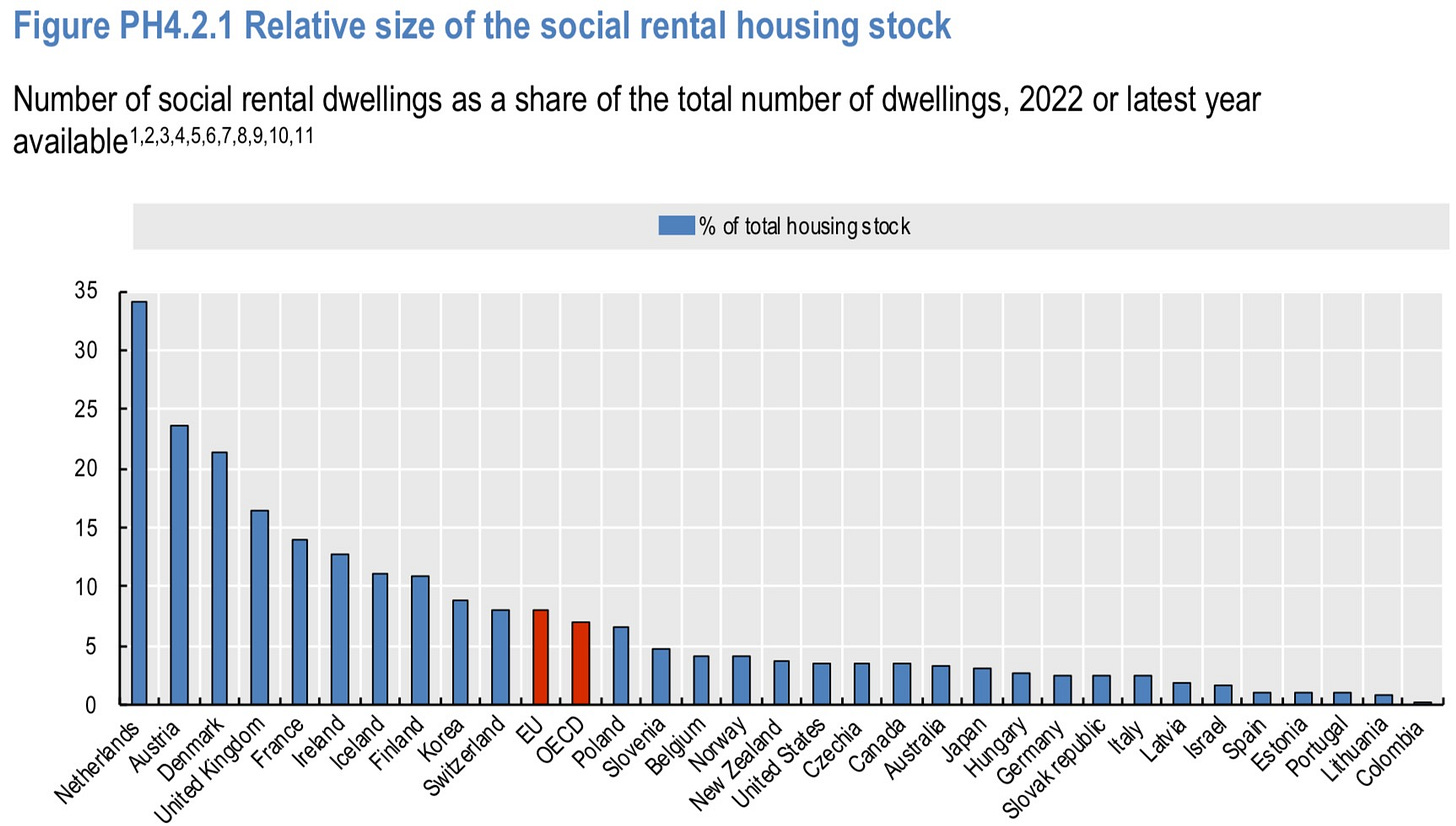
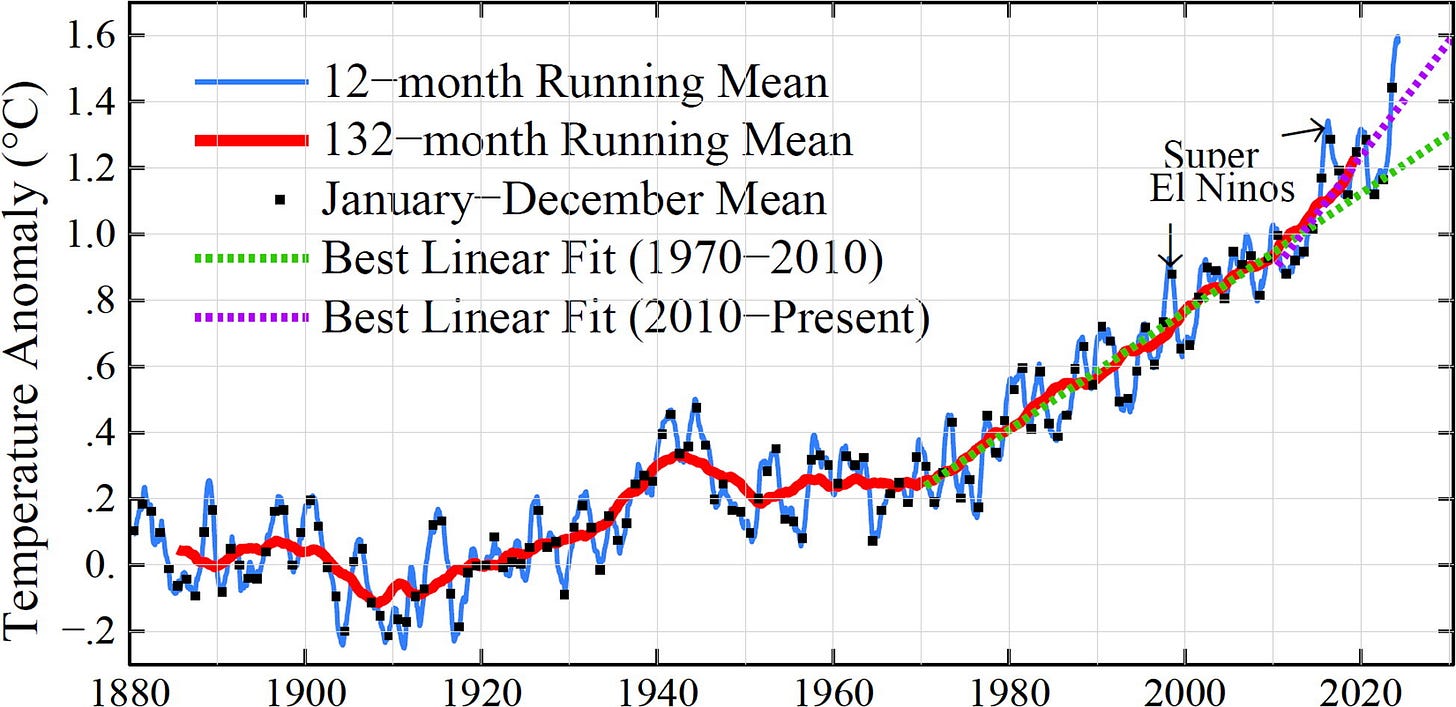


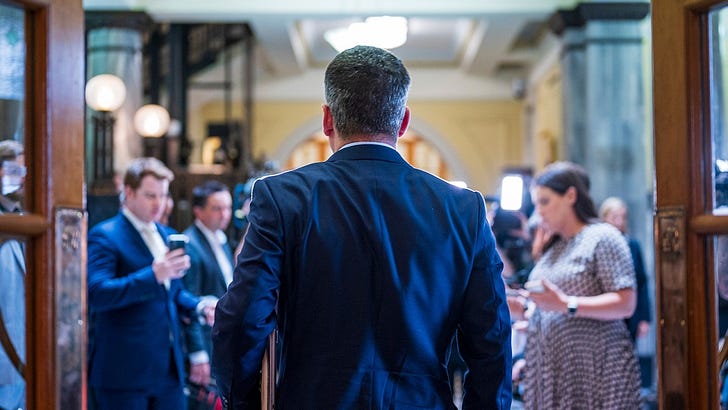

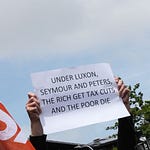
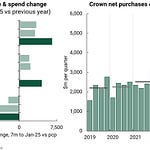
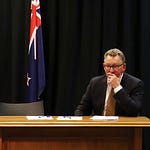



Share this post